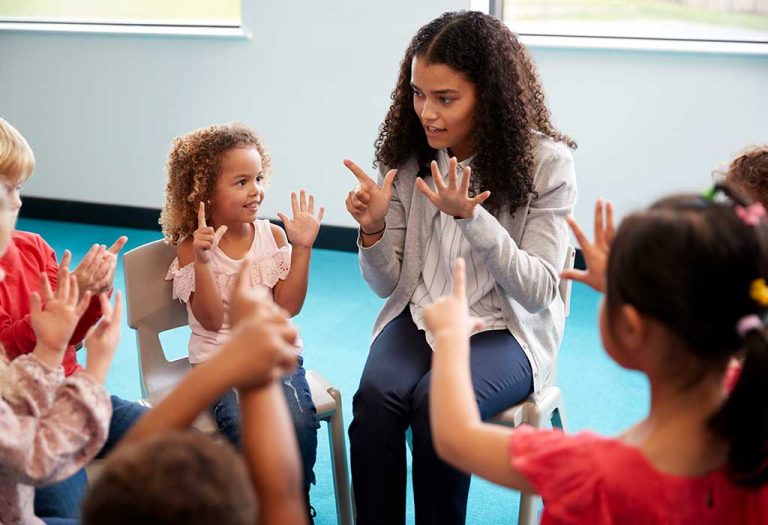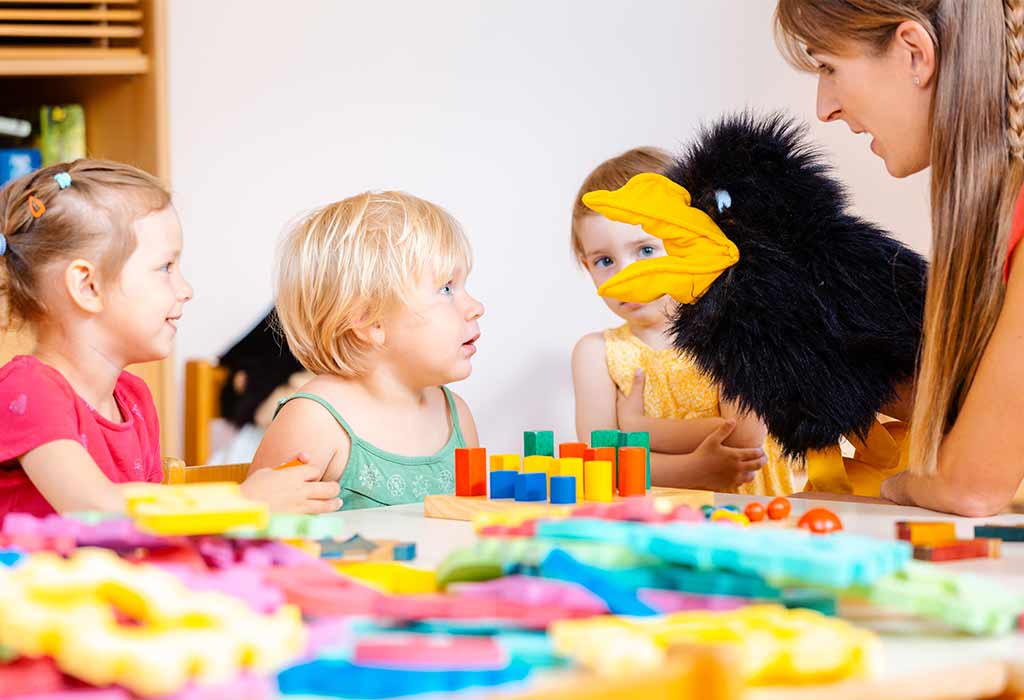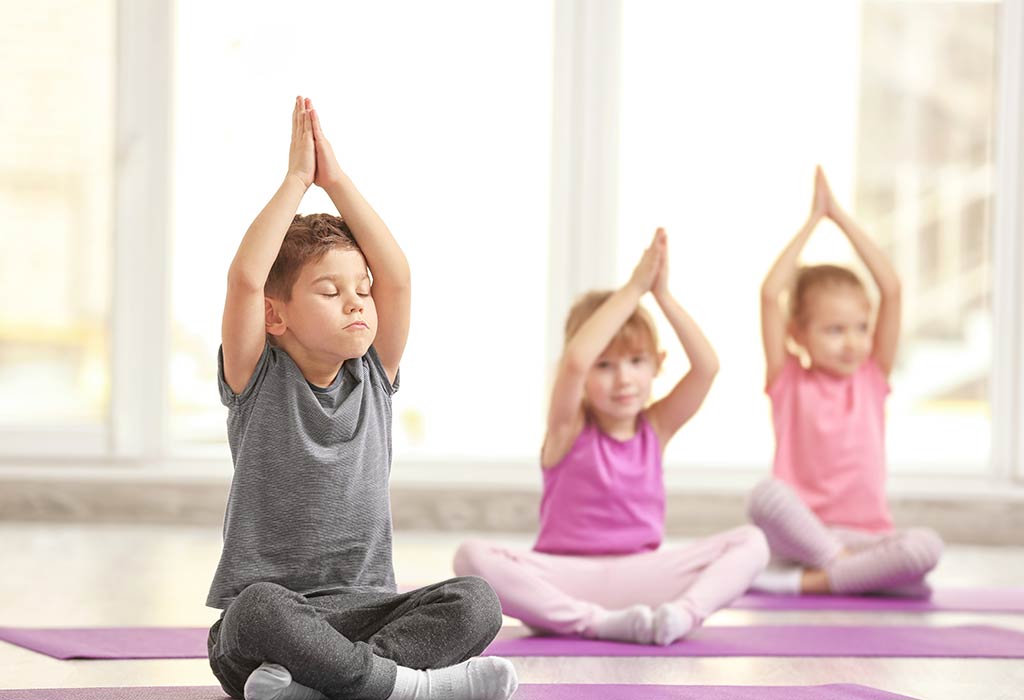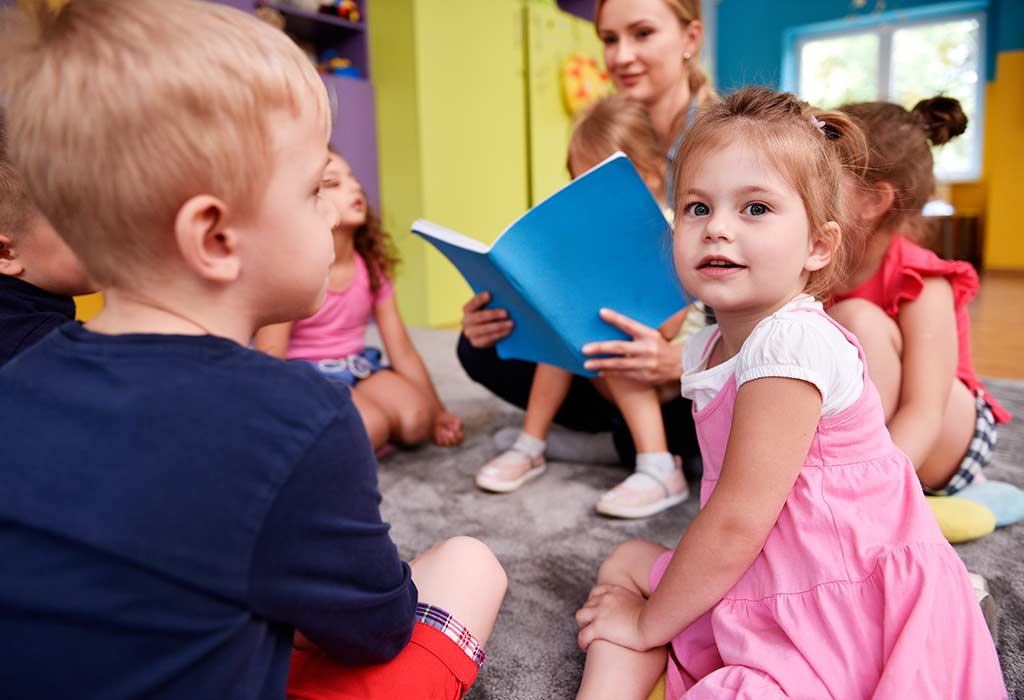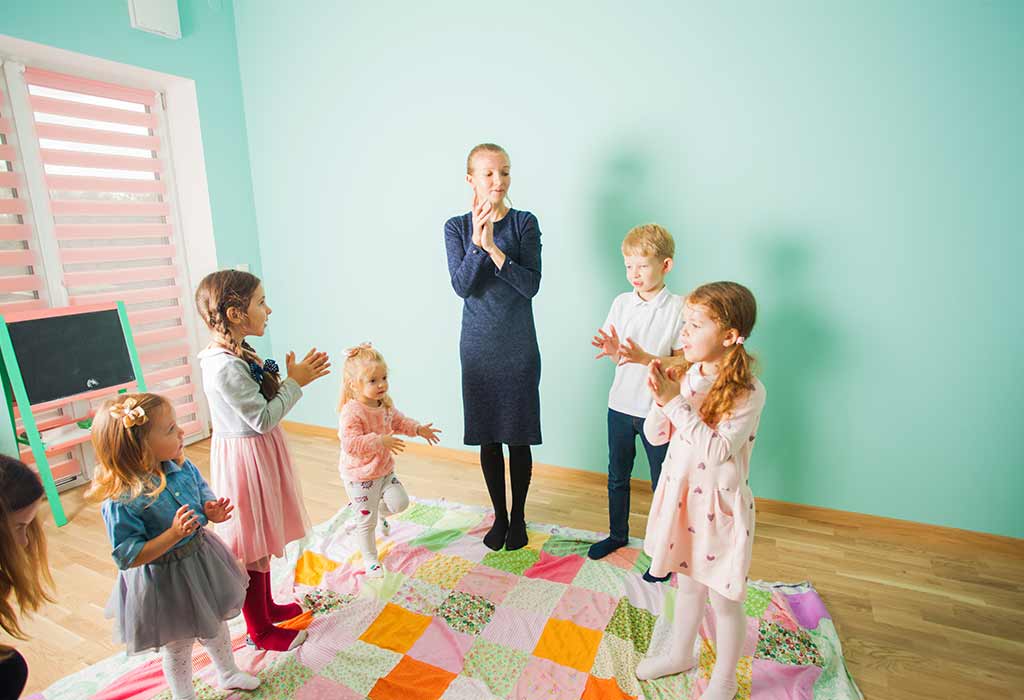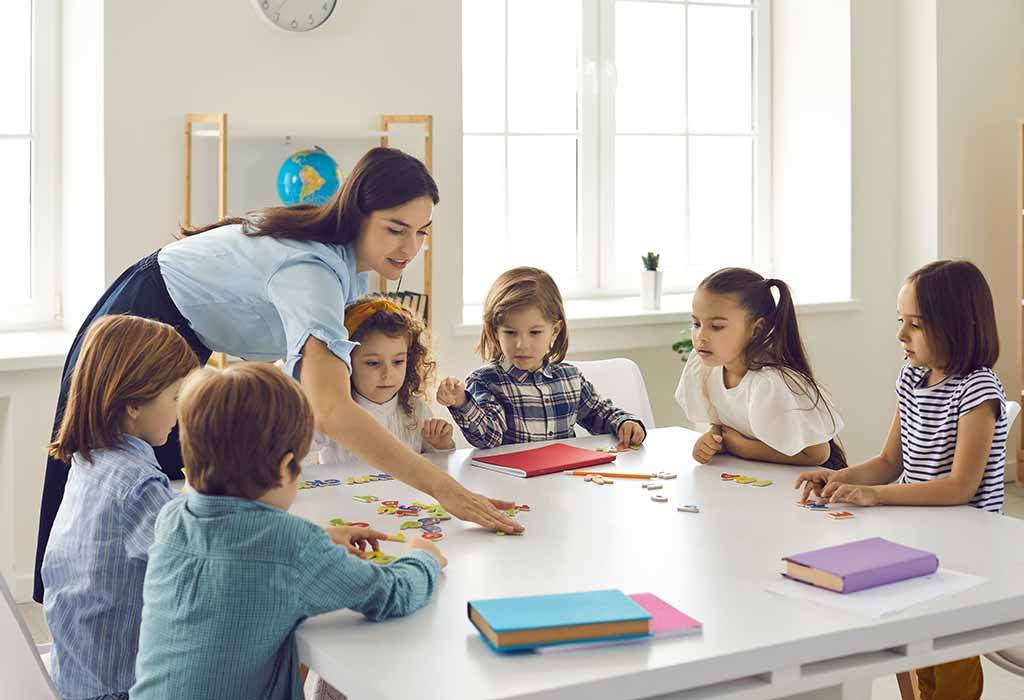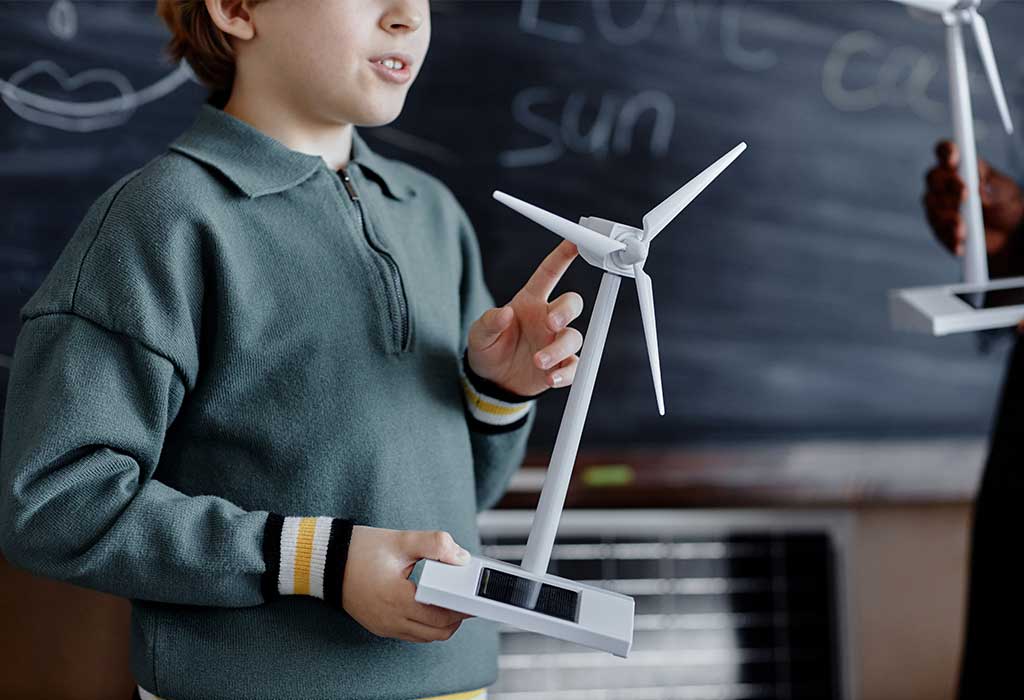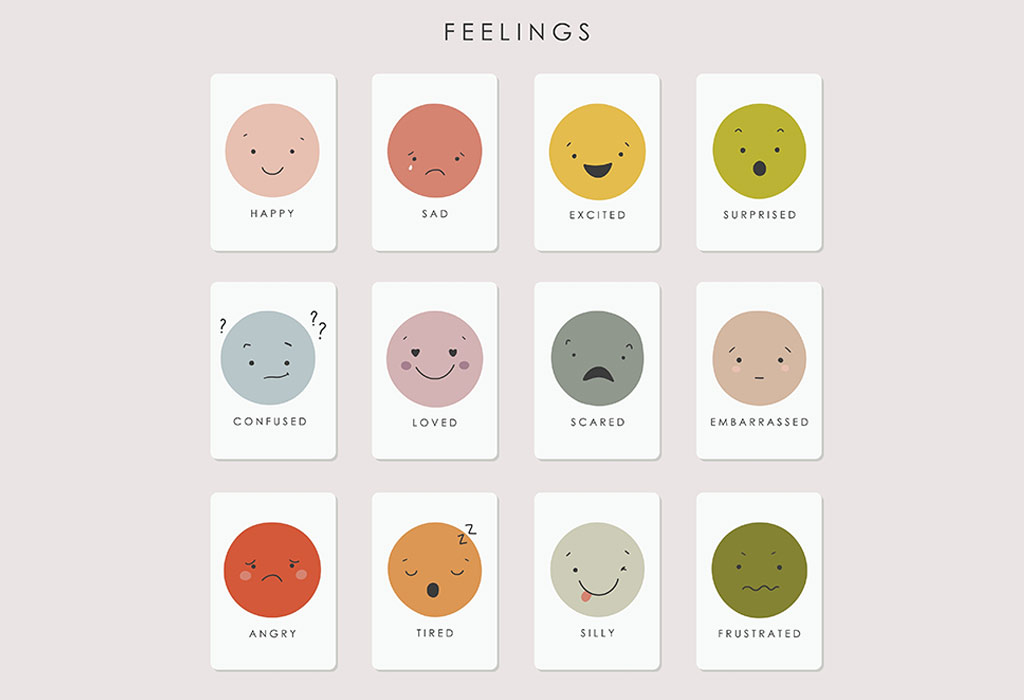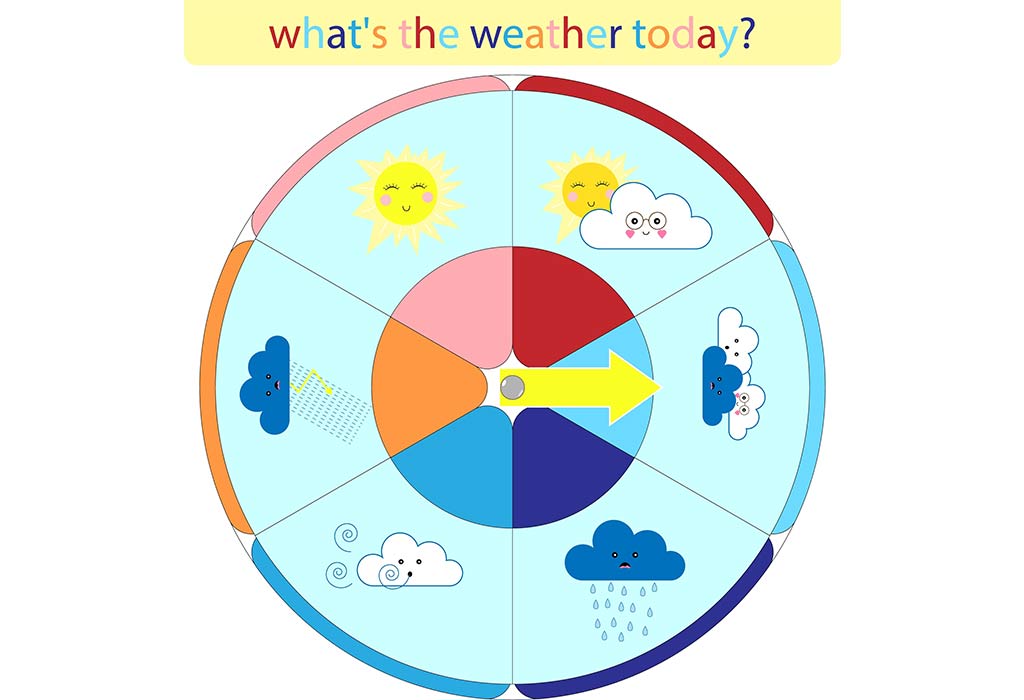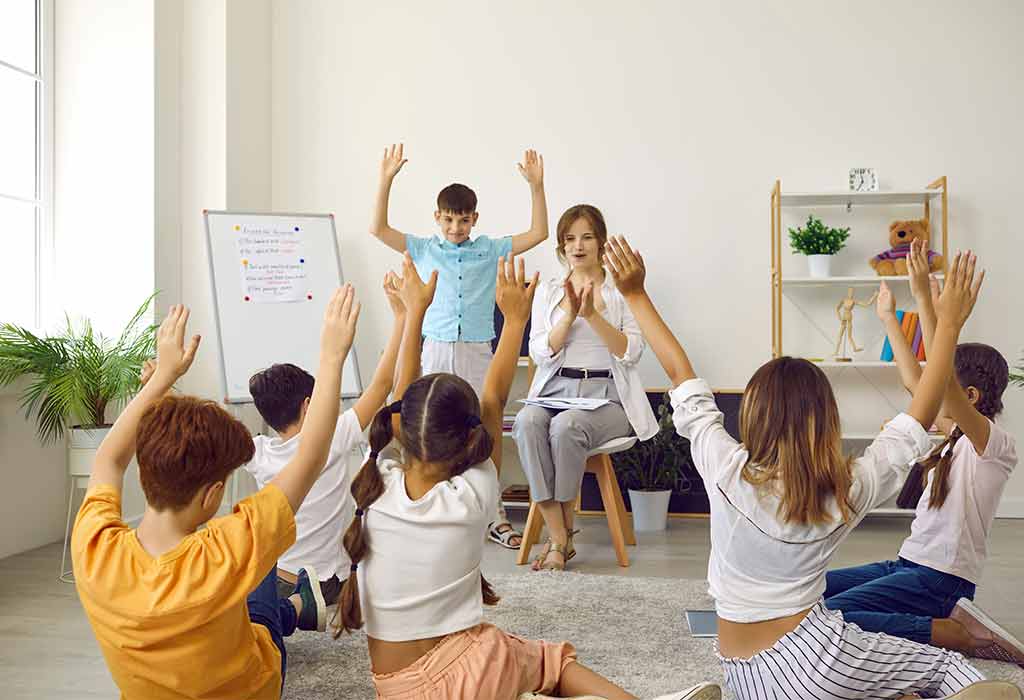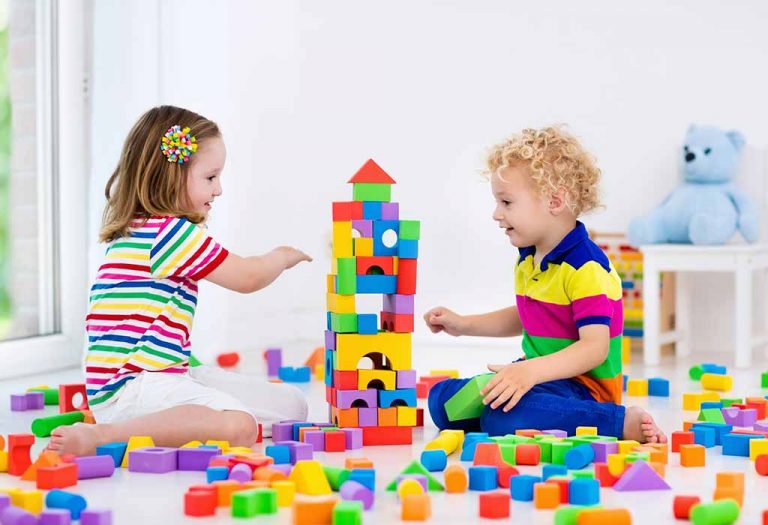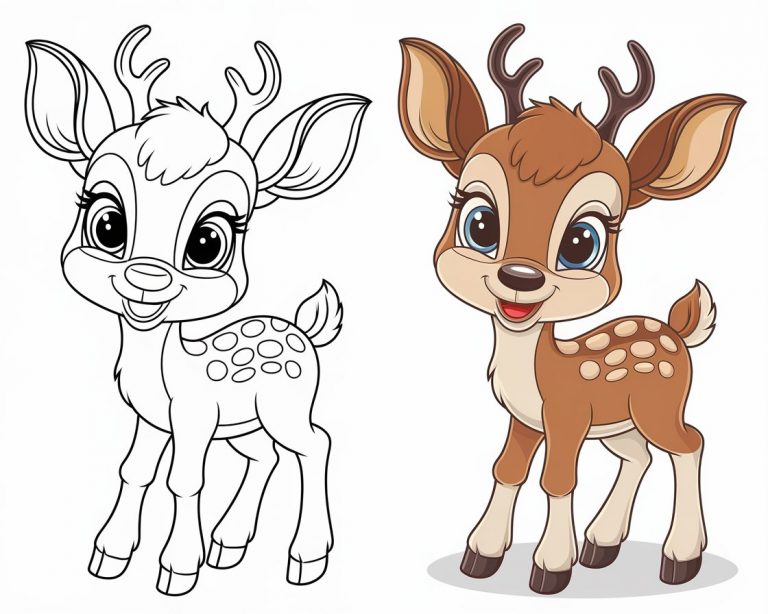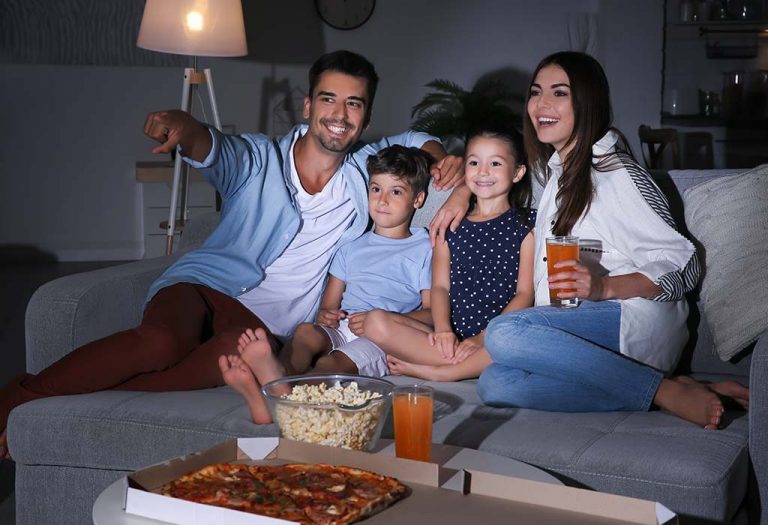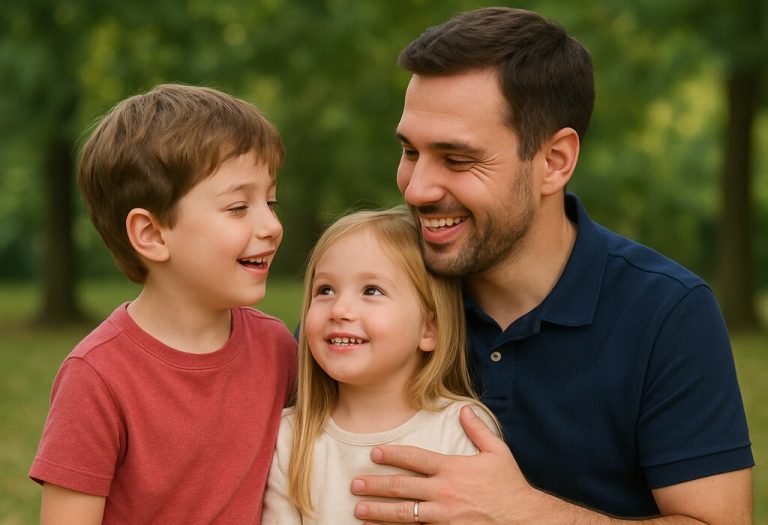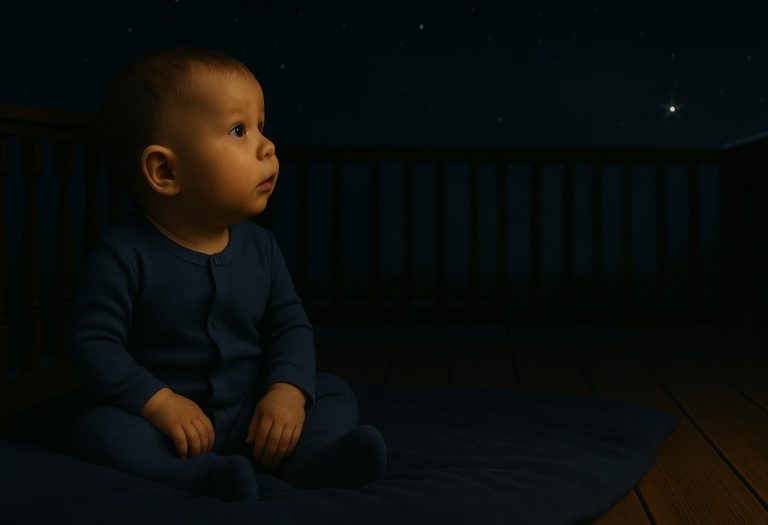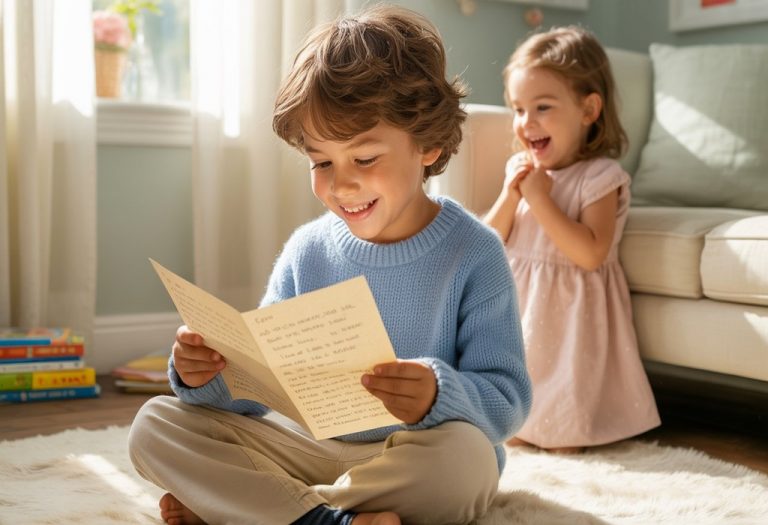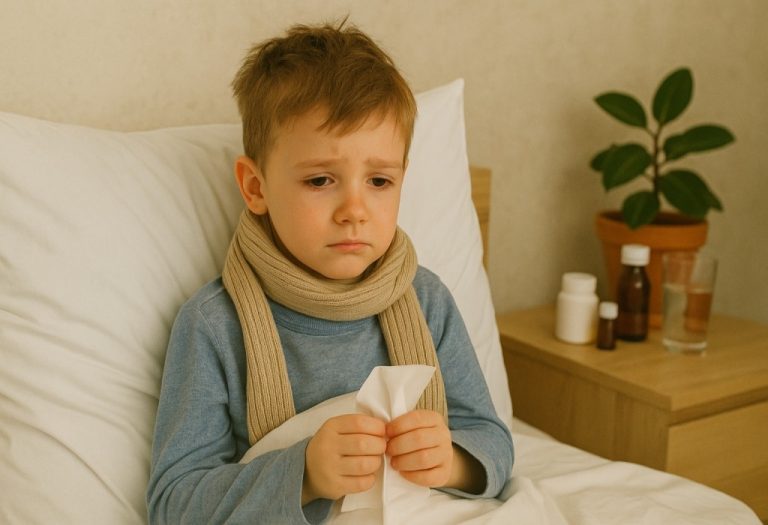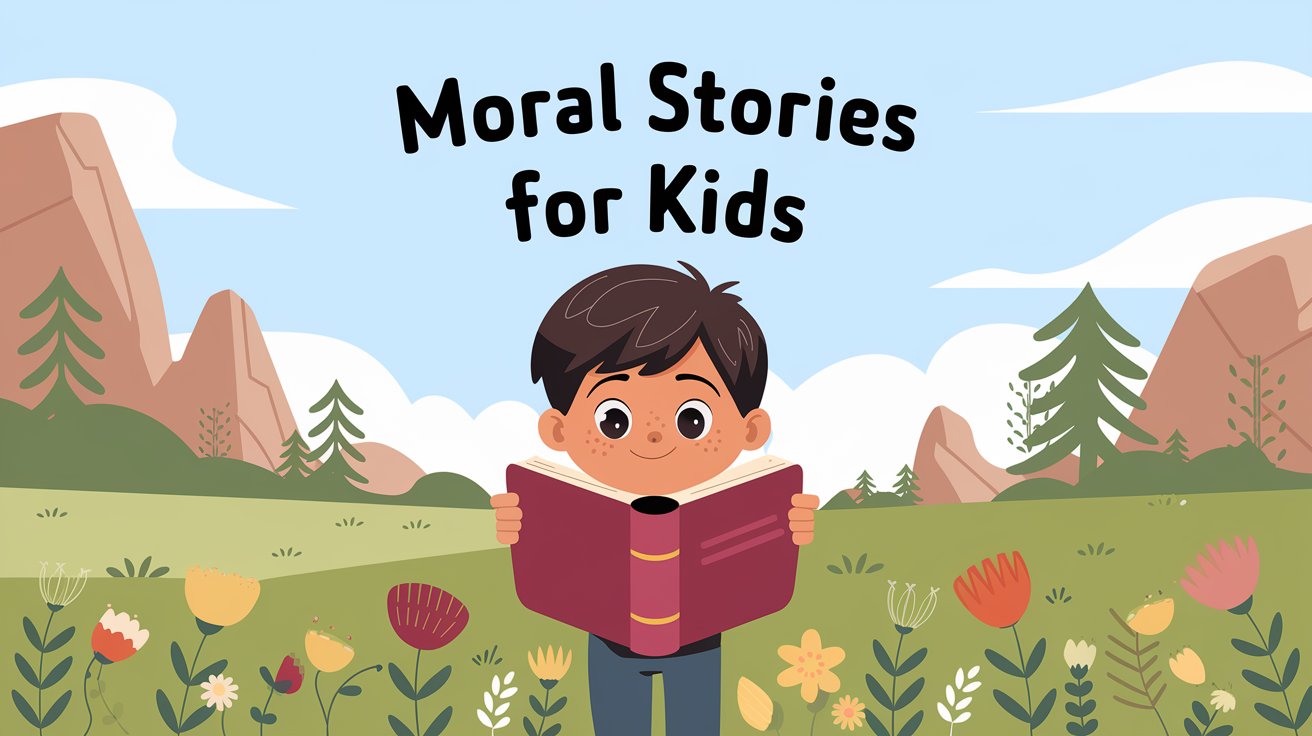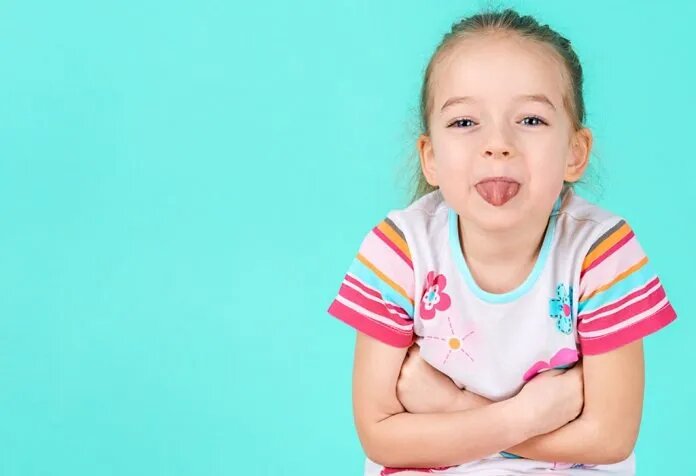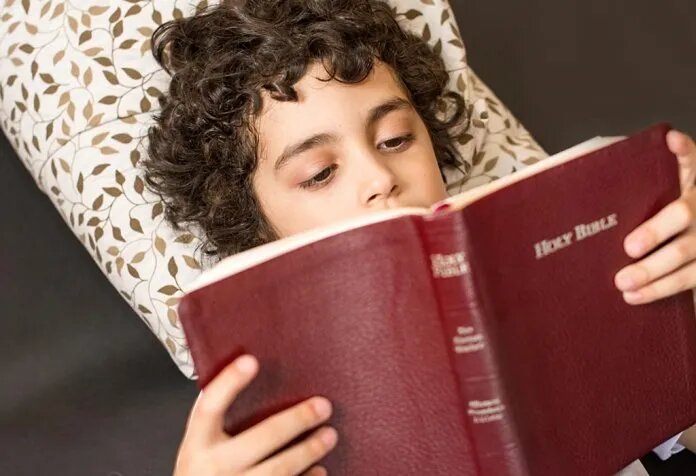Circle Time for Preschoolers and Kids – Benefits and Activities
Circle time takes place when children sit in a circle and participate in various interactive activities, usually led by a teacher. These activities are designed to promote learning and development in a phased, progressive manner, allowing children to steadily build upon their skills and knowledge. Circle time fosters a sense of community, encouraging children to interact socially, share their thoughts, and develop strong bonds with their peers. It serves as an essential part of early childhood education, helping children to meet developmental milestones, improve their focus, and develop a strong sense of self-confidence. Through these engaging and structured sessions, kids are motivated to become active learners and future torchbearers.
What Is Circle Time?
Circle Time is not a subject, but is a part of an overall whole-school strategy for behavior management. Quality circle time is a very democratic and creative approach used by teachers to manage issues that affect the entire learning community. It engages kids through fun activities, circle games, songs, and structured debates to help them gain important social skills. Apart from children and teachers, parents, governors, and support staff can also be involved in this activity. Older children with advanced skills may also be allowed by the teacher to take over the chairmanship of the circle. Thus, developmentally appropriate circle time has proved to impact interpersonal relationships, improve attention span, address issues of concern, resolve conflicts, and promote emotional competencies among pupils. Thus, this active teaching strategy is gaining widespread popularity in the world of education to inspire leadership qualities and a co-operative approach towards problem-solving. All participants have an equal footing in circle time.
Benefits of Circle Time for Kids
Circle time can lift kids’ boredom, frustration, and rote learning by generating enthusiasm in them. This designated time allotted for speaking their thoughts, ideas, showcasing their skills, and listening helps them reflect on different aspects of their lives, and respect fellow pupils’ viewpoints in the group. Some benefits of circle time are neatly summed up here for further understanding:
1. Socialization
As children step out of home, they learn more about themselves by relating to their fellow classmates or teachers. Learning social skills early through perfectly designed circle time prepares them for kindergarten and elementary school, as well as impacts their future academic and professional performance positively.
2. Listening Skills
Most kids are shy to express themselves in a public setting. Any group activity helps them develop their listening and communication skills. They learn not to interrupt others while speaking, follow instructions of teachers, respect their peers, and take turns as they get their chance to lead the game further.
3. Readiness for School
Children inculcate a sense of understanding and patience among them when they take turns during Circle Time. Presenting new ideas during Circle Time also generates curiosity among them and expands their imagination. Exposure to music, songs, dances, or the natural surroundings during this time makes kids aware of their sensory, physical, and language experiences that are essential for future academic endeavors.
4. Good practice of Routine
Participating in Circle Time daily introduces the concept of time and routine. As they become familiar with the predictable patterns of the activities, they learn to practice discipline and punctuality at home too. They get more organized and follow a sequence to execute any plan of action.
5. Increased Motivation for School
Including fun games during Circle Time can make children feel excited about going to school. The anticipating of doing some new activity each day and playing interactive games can easily motivate them to jump out of bed and get ready for school without any fuss.
6. Cognitive Development
Cognitive development is characterized by the way children learn, acquire knowledge and interact with their surrounding environment. Thus, circle time activities can be used to discuss problems, wherein children use their imagination to try and reach a common solution. Teachers can also test the individual interest of each kid, their thinking abilities, and their memory power during each circle time session.
When to Use Circle Time
Most early childhood child care and preschool programs have included circle time and daycare circle time in their daily schedule of lunch or playtime activities. For kids aged three to three and a half years, circle time should last only up to eight to 10 minutes. While circle time should not be longer than 15 minutes for children aged three and a half to four years and up. Depending on your teaching style, student’s ages, or class, you can change the way to conduct circle time on the go. You don’t need to use an independent activity, but follow a predictable routine each day while going into circle time for an easy transition. This way, children know what to expect, as well as what is expected of them.
Circle Time Song Ideas
Even the most challenging kids respond to circle time activities for kindergarten, and find it a very empowering experience. It also gives them a break from monotonous academic work. Circle time songs can interest the kids quite a bit, and here are a few songs we can sing:
1. 1, 2, you know what to do.
3, 4, sit on the floor.
5, 6, your feet you fix.
7, 8, sit up straight.
9, 10, let’s listen again.
2. Well, while we’re sittin’ on the ground
we never make a sound
’cause we always use our listening ears
yeah, you know we can be found
just a sittin’ all around
’cause our circle time is finally here.
3. Hands upon my head I place
upon my shoulders and on my face
at my waist and by my side
and then behind me, they will hide
and then I’ll raise them way up high
and let my fingers fly, fly, fly
with a clap, clap, clap
and a one, two, three
let’s see how quiet we can be!
Best Circle Time Activities for Preschoolers and Kids
Properly planned circle time gives the right opportunity to all preschoolers and kids to be involved in a fruitful way. Teachers need to make sure that all the kids are involved, and everyone takes turns to speak or showcase their skills. Here are some of the tried and proven circle time activities that are fun and educational at the same time:
1. Finger Play
Draw faces and characters on your fingers. You can stick bits of clothes and accessories to make them look interesting. Choose a fun finger play song and get started. This cool activity boosts creativity in children, supports fine motor development, and develops listening skills and body awareness.
2. Persona Puppets
Puppets are friendly-looking props that can be used to narrate a story to kids that would help them explore their feelings and manage strong emotions in a better way. These engaging toys support oral language skills and communication, while helping to resolve a conflict through safe imaginative play.
3. Circle Time Yoga
Introduce simple yoga poses during circle time, guiding children through movements like tree pose, cat-cow, or downward dog. This activity helps promote physical coordination, balance, and mindfulness. It also supports emotional regulation by teaching children to focus on their breathing and movement, which can be especially calming and centering during the school day. Yoga in circle time helps children develop both physical and mental well-being.
4. Reading to a Group
Reading activities for children can improve their knowledge, language, listening, and literacy skills. Pick the right book with large illustrations, read aloud with expression, and act out the story to make connections between the book and real life. This activity helps to empathize with others, stimulates imaginative power in children, and expands their understanding of the world.
5. Sing Songs
Music and songs support learning and emotional development in children. Learning to sing together in a group encourages a sense of togetherness that helps children make friends. The repetition of lyrics aids in increasing memory power, while rhymes can help the kids learn to predict things. Choose a song that your class group likes, and sing along with actions or even dance movements to enjoy circle time.
6. Jigsaws
Each child can be given a part of a puzzle or picture. The child must find which other children have the rest of the puzzle, and put them all together. This activity promotes teamwork, as the kids must work together to complete the puzzle as quickly as possible.
7. Show and Tell
Encourage children to bring an item from home to share with the group. Each child takes turns showing their object and explaining why it is special. This activity helps develop speaking and listening skills, boosts confidence, and encourages self-expression.
8. Emotion Charades
Have each child select an emotion from a set of cards and act it out without speaking while the rest of the group tries to guess the emotion. This activity enhances emotional awareness, promotes empathy, and improves non-verbal communication skills. It encourages children to express themselves creatively and helps them recognize and interpret others’ feelings, fostering a more empathetic and socially connected group dynamic.
9. Weather Watch
Incorporate a weather chart into your circle time where children can take turns observing the day’s weather and discussing it with the group. This activity develops observation skills, enhances vocabulary related to nature, and encourages critical thinking as they connect weather to daily life.
10. Simon Says
In this classic game, the teacher (or child) gives instructions like “Simon says touch your toes,” and the children follow the command only if it’s prefaced by “Simon says.” If not, they should remain still. This activity promotes listening skills, impulse control, and helps children learn to follow directions while having fun.
Circle Time Dos
Circle time can be utilized as an effective tool to help your children grow and develop as responsible and mature individuals. Here are some keys to a successful circle time:
- Plan activities based on the time frame that groups can stay focused.
- Implement active and passive activities alternatively to keep the energy levels up throughout the Circle Time.
- Be prepared with what you want to share with the class group at least one week in advance, in order to hold the attention of young children.
Circle Time Don’ts
- Don’t continue your activity even when you observe your preschoolers’ attention waning.
- Don’t engage in personal discussions with co-workers or parents while you’re in the circle time zone.
- Don’t use threats of punishments or rewards to get the attention or focus of children, as they are not appropriate management tools for handling a class group.
FAQs
1. Can circle time be adapted for children with special needs?
Yes, circle time can be adapted to include children with special needs by using visual aids, modifying activities, or incorporating sensory tools. The goal is to create an inclusive environment where all children feel engaged and supported. Adjusting the pace and offering one-on-one assistance can also enhance participation and ensure that the activities are accessible for everyone.
2. How long should circle time last for younger children?
For younger children, circle time should typically last between 10 to 15 minutes, depending on their attention span. Shorter, more focused sessions help maintain their interest and prevent restlessness. As children grow older and develop better attention skills, circle time can gradually be extended.
3. Can parents incorporate circle time at home?
Yes, parents can easily incorporate circle time at home by gathering children for group activities like reading, singing, or simple games. Home-based circle time can build family bonds, reinforce daily routines, and encourage learning through fun, interactive methods, making it a valuable practice outside the classroom.
Teachers may differ in their approach or expertise to implement circle time, but kids learn more through encouragement rather than coercion. Thus, circle time fun activities should be light-hearted enough to always end with a positive note, so that the children can calm down and rediscover the joy of learning.
References/Resources:
1. Successful Circle Times with Young Children; The Ohio State University; https://crane.osu.edu/our-work/successful-circle-times-with-young-children/
2. Circle Time And Movement; UC Davis Center for Child and Family Studies; https://ccfs.ucdavis.edu/home-young-children/circle-time-and-movement
3. Successful circle times; Penn State Extension; https://extension.psu.edu/programs/betterkidcare/early-care/tip-pages/all/successful-circle-times
4. From Circle Time to Small Groups: Meeting Children’s Needs; National Association for the Education of Young Children; https://www.naeyc.org/resources/pubs/tyc/apr2020/circle-time-small-groups
5. Getting the Most Out of Circle Time; Boston Children’s Hospital; https://www.childrenshospital.org/sites/default/files/media_migration/38171466-a50b-4fb3-a892-b108182ae004.pdf
Also Read:
Brain Games for Children
Outdoor Activities for Children
Educational Games for Children
Was This Article Helpful?
Parenting is a huge responsibility, for you as a caregiver, but also for us as a parenting content platform. We understand that and take our responsibility of creating credible content seriously. FirstCry Parenting articles are written and published only after extensive research using factually sound references to deliver quality content that is accurate, validated by experts, and completely reliable. To understand how we go about creating content that is credible, read our editorial policy here.





